When your life depends on a medication that has no generic version, the price can feel like a trap. Imagine paying $15,000 a month for a drug that keeps you alive-no matter how hard you work, insurance won’t cover it all, and savings apps barely make a dent. This isn’t hypothetical. It’s real for thousands of people with rare diseases, certain cancers, autoimmune conditions, and other chronic illnesses where brand-name drugs are the only option. That’s where patient assistance programs come in. They don’t fix the broken drug pricing system, but they can stop you from choosing between your health and your rent.
Why You Need PAPs When There’s No Generic
Generic drugs cut costs by up to 85% because they’re chemically identical to brand-name versions but don’t require expensive clinical trials. But for many specialty drugs-like those for paroxysmal nocturnal hemoglobinuria, certain leukemias, or advanced forms of multiple sclerosis-there simply isn’t a generic alternative. These are often biologics, complex molecules made from living cells, and the FDA hasn’t approved biosimilars yet. So if you’re prescribed Soliris, Tasigna, or a newer insulin like Fiasp, you’re stuck with the brand name-and the price tag that comes with it.Without help, these drugs can cost $500,000 a year. Even with insurance, your out-of-pocket costs might still hit $1,000-$5,000 a month. That’s not just expensive-it’s financially toxic. Research from the Journal of Oncology Practice shows patients using patient assistance programs cut their cost-related nonadherence by 37%. That means they’re more likely to take their medicine as prescribed, avoid hospitalizations, and stay alive.
How Patient Assistance Programs Actually Work
Patient assistance programs (PAPs) are run mostly by drug manufacturers, nonprofits, and sometimes state agencies. They give free or deeply discounted medications to people who can’t afford them. In 2022 alone, these programs handed out $4.7 billion in aid to over 1.2 million patients in the U.S. Most of that went to brand-name drugs with no generic alternatives.Here’s how the help breaks down:
- 55% of PAPs cover 100% of the drug cost-your copay drops to $0.
- 30% offer income-based help, usually if you earn under 400% of the Federal Poverty Level ($60,000 for one person in 2023).
- 15% give fixed-dollar discounts, like $500 off per prescription.
You’ll need to prove income (tax returns or pay stubs), show your prescription, and often get your doctor to sign off. Some programs also require proof you’re uninsured or that your insurance denied coverage. The process sounds simple-but it’s not. The average application has 17 fields, three documents, and takes 45 minutes just to fill out. Many people give up before submitting.
Who Qualifies-and Who Doesn’t
Qualifying isn’t about being poor. It’s about being unable to pay. Most programs set income limits at 200-400% of the Federal Poverty Level. That means a single person making up to $60,000 a year might qualify-even if they have a job and health insurance.But here’s the catch: Medicare beneficiaries can’t use manufacturer copay assistance for Part D drugs. That rule changed in 2020 and got stricter in 2025. If you’re on Medicare, you can’t get help from the drug company. Instead, you have to turn to nonprofit foundations like the Patient Access Network Foundation or the Chronic Disease Fund. These groups don’t tie their aid to the manufacturer’s list price, so they’re not blocked by Medicare rules.
Commercial insurance? You might still qualify-but only if your plan doesn’t have an accumulator adjustment policy. About 78% of major pharmacy benefit managers (like Express Scripts and Optum) now use these rules. They let you get free drugs from a PAP, but they don’t count that help toward your deductible or out-of-pocket maximum. So you still pay thousands out of pocket, even though you’re enrolled in the program. That’s not assistance-it’s a trap.
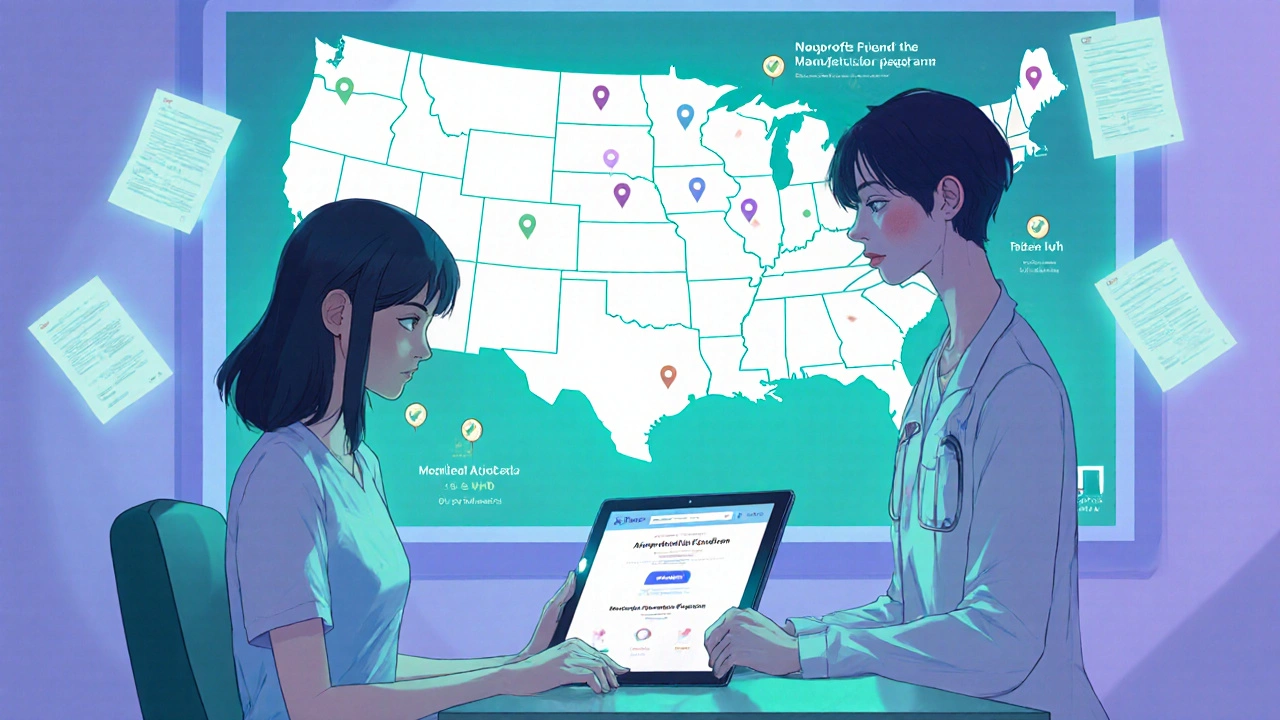
How to Apply: A Step-by-Step Guide
If you’re facing a brand-name drug with no generic, here’s how to get help without getting lost in paperwork:- Find the right program. Use RxHope’s free online screener. It checks 92% of manufacturer PAPs and tells you which ones you might qualify for in under 5 minutes.
- Gather your documents. You’ll need: your most recent tax return or W-2, a signed prescription from your doctor on letterhead, and if you’re insured, a denial letter from your insurer. If you’re uninsured, a simple letter from your provider stating you have no coverage works.
- Get your doctor involved. Most programs require a physician attestation form. Don’t wait until the last minute-doctors are busy. Ask your nurse or medical assistant to help. Many clinics now have medication access specialists who handle this for patients.
- Submit and follow up. Manufacturer PAPs usually approve applications in 7-10 business days. Foundation programs take 14-21 days. Call after a week if you haven’t heard back. Don’t assume it’s approved.
- Check for accumulator issues. If you have commercial insurance, call your insurer and ask: “Does my plan use accumulator adjustment for patient assistance programs?” If yes, ask if they’ll waive it for your drug. If not, switch to a foundation-based PAP.
One patient with chronic myeloid leukemia spent 11 hours over three weeks just to get Tasigna through Novartis’s program. She didn’t have a navigator. She did it alone. She got it. But she shouldn’t have had to.
What to Do If You’re Denied
Denials happen. Often because of missing documents, typos, or unclear income proof. About 38% of applications get rejected on the first try. But 41% of those denials are overturned on appeal.Don’t give up. Here’s how to fight back:
- Call the PAP provider. Ask exactly why you were denied. Get the reason in writing.
- Fix the issue. If they say your income proof is outdated, send a new one. If they need a letter from your doctor, get it.
- Ask for a case manager. Larger programs assign one to complex cases.
- Contact the Patient Advocate Foundation. They offer free help with appeals and can even call your doctor’s office for you.
One man in Ohio was denied twice for his $12,000/month cancer drug because his tax return didn’t show his side gig. He resubmitted with a 1099 form and got approved on the third try. He’s alive today because he didn’t quit.
Alternatives When PAPs Aren’t Enough
PAPs are powerful-but not perfect. If you’re still struggling, consider these options:- Pharmacy discount cards (GoodRx, SingleCare): These work well for generics but offer almost no savings on brand-name drugs without generics-often just 8% off. Skip them for high-cost meds.
- State pharmaceutical programs (SPAPs): Programs like Pennsylvania’s PACE help seniors with incomes under $28,500. They cap assistance at $400/month per drug, but they’re reliable and don’t use accumulator rules.
- Nonprofit foundations: Groups like the Patient Access Network Foundation, HealthWell Foundation, and Chronic Disease Fund give grants to patients with high-cost drugs. They’re your best bet if you’re on Medicare or stuck in an accumulator plan.
One woman with a rare blood disorder used a foundation grant to cover her $10,000/month drug after her insurer blocked manufacturer assistance. She got 100% coverage-no deductible, no copay, no tricks.

What’s Changing in 2025
The landscape is shifting fast. The Inflation Reduction Act now blocks Medicare Part D beneficiaries from using manufacturer copay cards starting January 1, 2025. That means more people will rely on nonprofit PAPs, which are already overwhelmed. Drug companies are responding by simplifying applications-Eli Lilly’s “Simple Bridge” program for insulin cuts the form from 17 fields to just five, with approval in 48 hours.Electronic health record systems like Epic are now integrating PAP tools directly into doctors’ prescribing workflows. That means your doctor might soon be able to check your eligibility and submit the application before you even leave the office.
But the big problem remains: PAPs don’t lower drug prices. They just cover them. Experts like Dr. Kao-Ping Chua say these programs let manufacturers keep prices sky-high because patients can still get the drugs-no matter the cost. The system works for patients today, but it’s not sustainable.
Real Stories, Real Impact
On Reddit, a user named u/CancerWarrior2022 wrote: “Without Gilead’s assistance program for my $15,000/month HIV drug, I would’ve chosen homelessness over bankruptcy. My $0 copay kept my apartment.”Another user on Patients Rising shared: “After three months fighting UnitedHealthcare’s accumulator policy, my $12,000/month cancer drug PAP help didn’t count toward my deductible. I paid $20,700 out-of-pocket before hitting my max.”
These aren’t outliers. They’re the norm. But they’re also fixable-with the right help.
Final Advice: Don’t Wait Until You’re in Crisis
If your doctor prescribes a brand-name drug with no generic, don’t assume you can’t afford it. Ask immediately: “Is there a patient assistance program for this?” Don’t wait until your first bill comes. Don’t wait until you skip a dose. Don’t wait until you’re in debt.Start with RxHope. Talk to your clinic’s medication access specialist. Call your local hospital’s patient advocacy office. If you’re on Medicare, contact the Patient Access Network Foundation. You’re not alone. And you don’t have to pay everything.
Can I use patient assistance programs if I have Medicare?
You cannot use manufacturer-sponsored patient assistance programs for Medicare Part D drugs because of federal rules that took effect in 2020 and strengthened in 2025. However, you can still get help through nonprofit foundations like the Patient Access Network Foundation or HealthWell Foundation. These organizations provide grants directly to patients and are not subject to the same restrictions.
Do patient assistance programs cover all my drug costs?
Many do-55% of programs cover 100% of the drug cost. But some only offer partial help, like income-based discounts or fixed-dollar amounts. Always check the specific program’s details. Also, be aware that if you have commercial insurance with an accumulator adjustment policy, the assistance won’t count toward your deductible or out-of-pocket maximum, which can leave you paying thousands even after approval.
How long does it take to get approved for a patient assistance program?
Manufacturer-sponsored programs typically approve applications in 7-10 business days. Foundation-sponsored programs take longer-14 to 21 days-because they require extra verification. If you’re in urgent need, call the program directly and ask for expedited review. Many will fast-track cases involving life-threatening conditions.
What if my doctor won’t help me fill out the forms?
Most clinics now have medication access specialists or patient navigators trained to handle these forms. Ask to speak with your nurse, pharmacy liaison, or social worker. If your doctor’s office refuses to help, contact the Patient Advocate Foundation-they’ll call your provider on your behalf and get the paperwork completed. You don’t have to do it alone.
Are patient assistance programs only for uninsured people?
No. Many programs help people with insurance, especially if their plan doesn’t cover the drug, has high copays, or has an accumulator adjustment policy. Income is the main factor-not insurance status. If your out-of-pocket cost is still unaffordable after insurance, you likely qualify.
Can I apply for multiple patient assistance programs at once?
Yes, you can apply to multiple programs for the same drug if they’re offered by different organizations. For example, you might get help from the manufacturer and a nonprofit foundation simultaneously. However, most programs require you to disclose other assistance you’re receiving. Always be honest-it’s required by law and helps avoid conflicts.
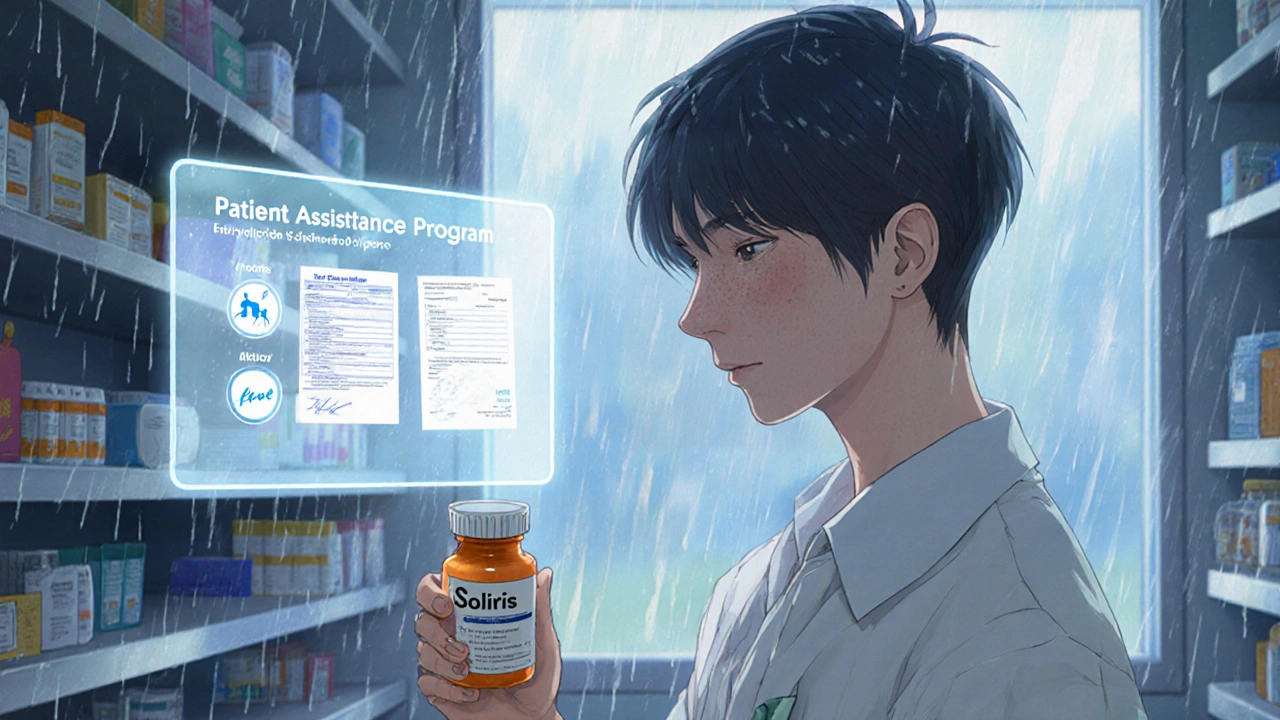
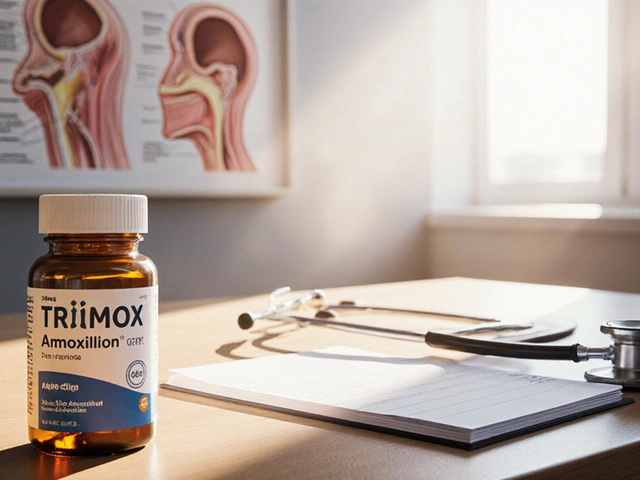
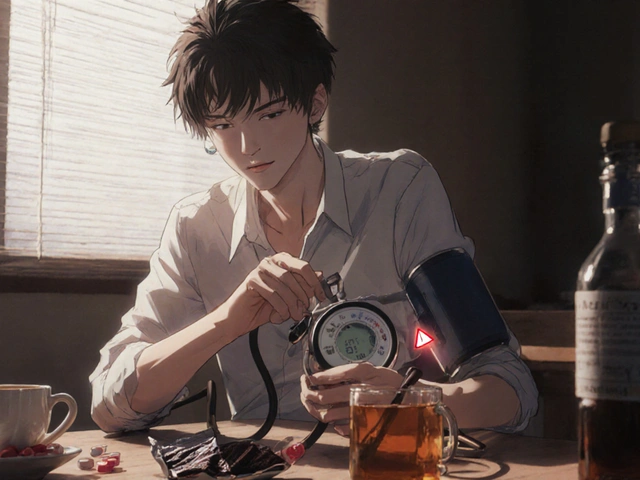
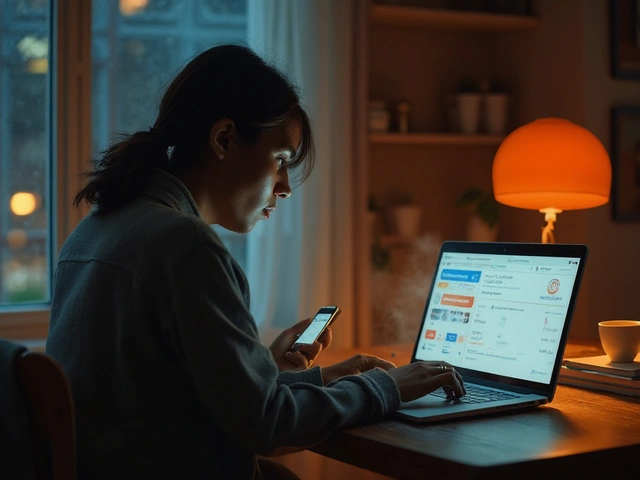

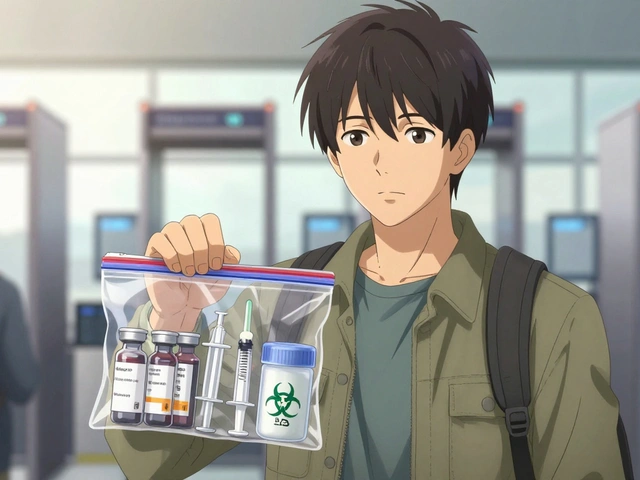

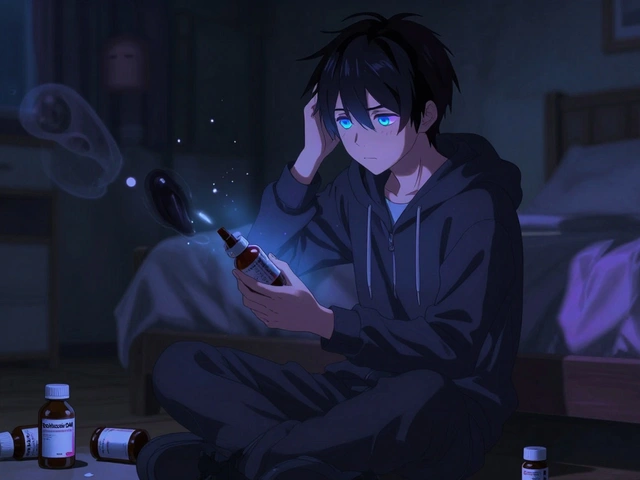
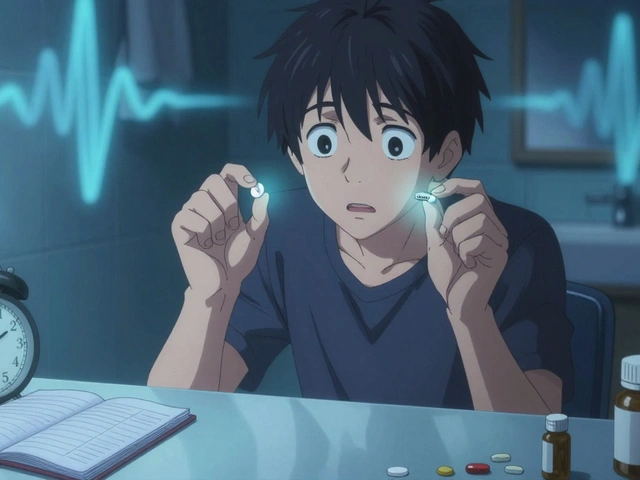
shubham seth
Bro this post is straight fire 🔥 I just got approved for a PAP for my $12k/month drug and it felt like winning the lottery while getting punched in the face by capitalism. They made me submit my cat’s vet bills as ‘household expenses’-yes, really. But hey, I’m alive and my cat still has tuna. Fuck the system, but thank god for loopholes.
Jeremy Hernandez
So let me get this straight-drug companies charge $500k a year for a pill, then hand out freebies like it’s charity? That’s not aid, that’s PR theater. They know you’ll beg, beg, beg, then swallow the bill like a good little sheep. And now Medicare’s getting screwed too? Classic. This whole system is designed to make you think you’re winning while they print money. Wake up.
Tarryne Rolle
It’s not about assistance. It’s about moral bankruptcy disguised as compassion. We’ve normalized the idea that human life should be rationed by income. If your drug costs more than your mortgage, that’s not a pricing issue-it’s a societal failure. And yet we pat ourselves on the back for ‘helping’ instead of demanding price caps. We’re not heroes. We’re enablers.
Kyle Swatt
I’ve been on three different PAPs over the last five years for my rare autoimmune stuff and honestly? It’s a goddamn miracle I’m still here. The paperwork feels like climbing a mountain in flip-flops but when they say yes? You feel like you’ve been handed back your life. I cried in the pharmacy parking lot. Not because I was grateful for the drug-I was grateful that someone, somewhere, still believed people matter more than profit. That’s rare these days.
Deb McLachlin
While the information presented is comprehensive and valuable, I would recommend cross-referencing the stated percentages with the latest CMS and HHS reports for fiscal year 2024, as the figures cited may not reflect recent regulatory changes in nonprofit disbursement thresholds or manufacturer compliance metrics. Additionally, the term ‘financially toxic’ is not formally defined in clinical literature and may benefit from operational clarification.
saurabh lamba
bro why are we even talking about this like its a solution? its not. its just capitalism with a bandaid. we need to burn the whole system down. also i just applied for a paps and they asked for my instagram. no cap. why do they need my selfies?
Kiran Mandavkar
How quaint. You people think a 17-field form is the problem? The real problem is that you’re still alive to fill it out. In a rational world, drugs like this wouldn’t exist unless they were affordable by design. The fact that you’re proud of surviving this circus is proof that we’ve lost all sense of dignity. You’re not a warrior-you’re a statistic the pharmaceutical industry keeps on life support for quarterly earnings.
Eric Healy
Accumulator adjustment is the real villain here. I spent 8 months fighting my PBM over it. They said ‘it’s policy’ like that means anything. Meanwhile my deductible’s still at $8k even though I got $15k in free drugs. That’s not insurance. That’s a joke with a copay card.
Shannon Hale
OH MY GOD I’M SO SICK OF THIS. I JUST GOT DENIED FOR THE THIRD TIME BECAUSE MY TAX RETURN HAD A TYPO IN THE ZIP CODE. THREE MONTHS. THREE APPLICATIONS. I’M ON THE VERGE OF SKIPPING DOSES JUST TO STAY AFLOAT. AND NOW THEY WANT ME TO CALL A NONPROFIT? WHO THE FUCK DO THEY THINK I AM? A FULL-TIME CASE MANAGER WITH A 9-5 AND A CHRONIC ILLNESS?? I’M NOT A PROBLEM TO BE SOLVED-I’M A PERSON.
Holli Yancey
I just want to say thank you for writing this. I’ve been too scared to ask for help because I didn’t want to seem ‘desperate.’ But reading your step-by-step made me feel like maybe I’m not broken for needing this. I applied yesterday. I’m nervous-but I’m trying. That’s progress.
Gordon Mcdonough
AMERICA IS WEAK. WE LET CORPORATIONS CHARGE THIS MUCH. IN RUSSIA THEY JUST GIVE YOU THE DRUG. IN CHINA THEY MAKE IT CHEAP. WE’RE TOO LAZY TO NATIONALIZE PHARMA. WE’RE TOO AFRAID TO STAND UP. NOW WE’RE BEGGING FOR MERCY? PATHETIC. I’D RATHER DIE THAN APPLY FOR ONE OF THESE FORMS.
Levi Hobbs
Just wanted to add-my clinic just got Epic integrated with RxHope. My doctor clicked a button, filled out my info, and submitted the PAP application before I even left the room. Took 3 minutes. I cried again. Not because I was relieved-I was relieved because someone finally made it easy. This is what healthcare should look like.
henry mariono
Thank you for including the Medicare part. I’ve been stuck for months because I thought I was out of options. Found a foundation that helped me. No accumulator nonsense. Just help. It’s not perfect, but it’s something. I’m still scared, but I’m not alone anymore.
Sridhar Suvarna
This is the most important post I've read this year. Thank you.